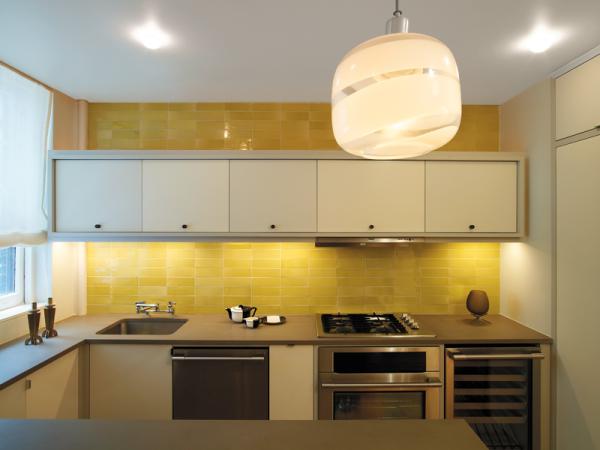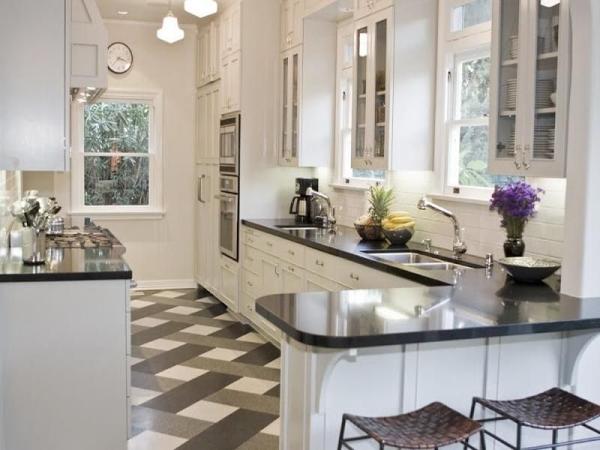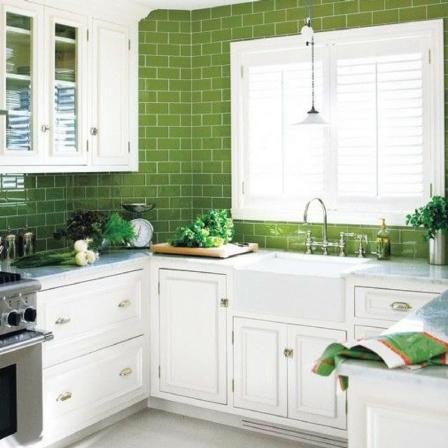When it comes to designing a functional and stylish bathroom, one of the key decisions homeowners have to make is selecting the right tiles for their shower area. The debate between ceramic and porcelain tiles has been ongoing for years, as both materials offer unique advantages and drawbacks. In this article, we will explore the differences between ceramic and porcelain tiles in a shower setting, helping you make an informed decision for your bathroom renovation or construction project. 1. Material Composition and Durability: Ceramic tiles are typically made from a mixture of clay and other natural materials. They are then glazed and fired at high temperatures for durability. Porcelain tiles, on the other hand, are made from denser clay that is fired at even higher temperatures. This results in a tile that is harder and more durable, making porcelain tiles an excellent choice for high-traffic areas like showers.
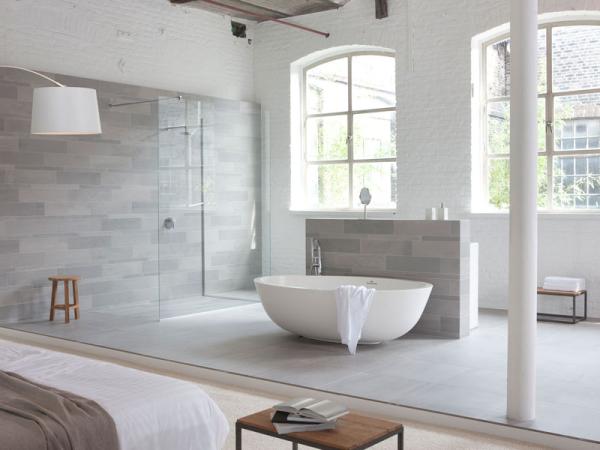
.
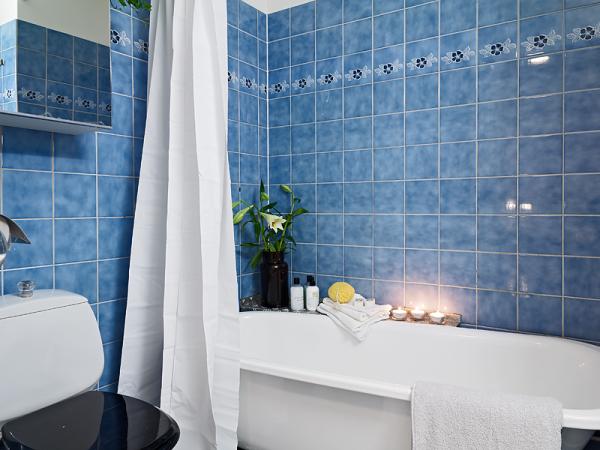 2. Water Resistance: Both ceramic and porcelain tiles are known for their water-resistant properties, making them ideal options for shower walls and floors. However, due to its low porosity, porcelain tiles have a lower water absorption rate compared to ceramic tiles. This means that porcelain tiles are less prone to absorbing moisture and are generally better suited for continuous exposure to water, such as in shower areas. 3. Slip Resistance: Shower safety is of utmost importance, and the slip resistance of tiles plays a significant role in ensuring a secure shower environment. While ceramic tiles can be slip-resistant, it is worth noting that porcelain tiles are inherently less slippery. Porcelain tiles can be manufactured with textured or patterned surfaces, enhancing their slip resistance and reducing the risk of accidents in wet areas like showers.
2. Water Resistance: Both ceramic and porcelain tiles are known for their water-resistant properties, making them ideal options for shower walls and floors. However, due to its low porosity, porcelain tiles have a lower water absorption rate compared to ceramic tiles. This means that porcelain tiles are less prone to absorbing moisture and are generally better suited for continuous exposure to water, such as in shower areas. 3. Slip Resistance: Shower safety is of utmost importance, and the slip resistance of tiles plays a significant role in ensuring a secure shower environment. While ceramic tiles can be slip-resistant, it is worth noting that porcelain tiles are inherently less slippery. Porcelain tiles can be manufactured with textured or patterned surfaces, enhancing their slip resistance and reducing the risk of accidents in wet areas like showers.
..
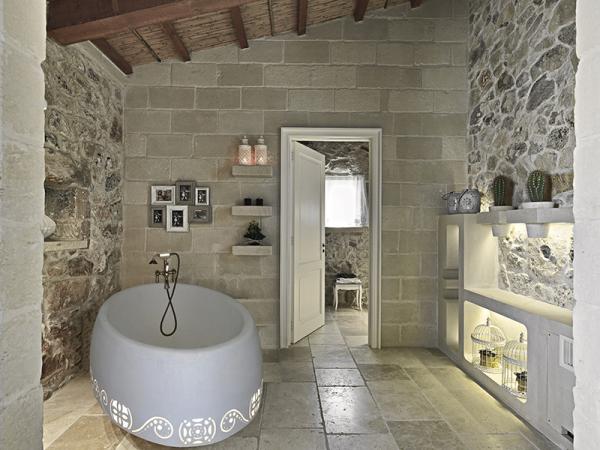 4. Aesthetics and Design Choices: Ceramic tiles offer a wide variety of design options, including an extensive range of colors, shapes, and styles. These tiles can replicate the appearance of natural stones, giving homeowners the flexibility to create any desired look. Porcelain tiles, on the other hand, are available in a more limited range of design options but often provide a more polished and sophisticated look to a shower space. It is important to consider personal style preferences and the overall design scheme of the bathroom when making a choice between the two materials. 5. Maintenance and Longevity: Both ceramic and porcelain tiles are relatively easy to maintain. Regular sweeping and mopping are sufficient to keep the tiles clean. However, due to their lower porosity, porcelain tiles are less prone to staining and require less frequent resealing than ceramic tiles.
4. Aesthetics and Design Choices: Ceramic tiles offer a wide variety of design options, including an extensive range of colors, shapes, and styles. These tiles can replicate the appearance of natural stones, giving homeowners the flexibility to create any desired look. Porcelain tiles, on the other hand, are available in a more limited range of design options but often provide a more polished and sophisticated look to a shower space. It is important to consider personal style preferences and the overall design scheme of the bathroom when making a choice between the two materials. 5. Maintenance and Longevity: Both ceramic and porcelain tiles are relatively easy to maintain. Regular sweeping and mopping are sufficient to keep the tiles clean. However, due to their lower porosity, porcelain tiles are less prone to staining and require less frequent resealing than ceramic tiles.
…
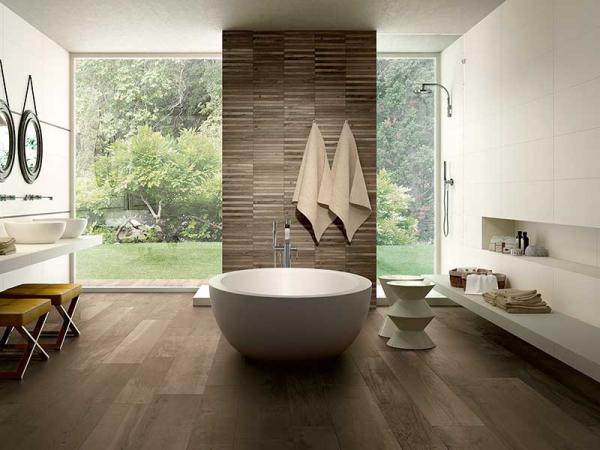 Additionally, porcelain tiles tend to be more resistant to scratches and chips, prolonging their lifespan and maintaining their appearance over time. Conclusion: Choosing between ceramic and porcelain tiles for your shower comes down to personal preferences, budget, and the specific requirements of your bathroom. While ceramic tiles offer a wide range of design choices, porcelain tiles provide greater durability and water resistance. Assessing factors such as slip resistance, maintenance, and longevity will contribute to making an informed decision. Ultimately, selecting the right tile ensures a beautiful and functional shower that will enhance the overall aesthetics and value of your home.
Additionally, porcelain tiles tend to be more resistant to scratches and chips, prolonging their lifespan and maintaining their appearance over time. Conclusion: Choosing between ceramic and porcelain tiles for your shower comes down to personal preferences, budget, and the specific requirements of your bathroom. While ceramic tiles offer a wide range of design choices, porcelain tiles provide greater durability and water resistance. Assessing factors such as slip resistance, maintenance, and longevity will contribute to making an informed decision. Ultimately, selecting the right tile ensures a beautiful and functional shower that will enhance the overall aesthetics and value of your home.
